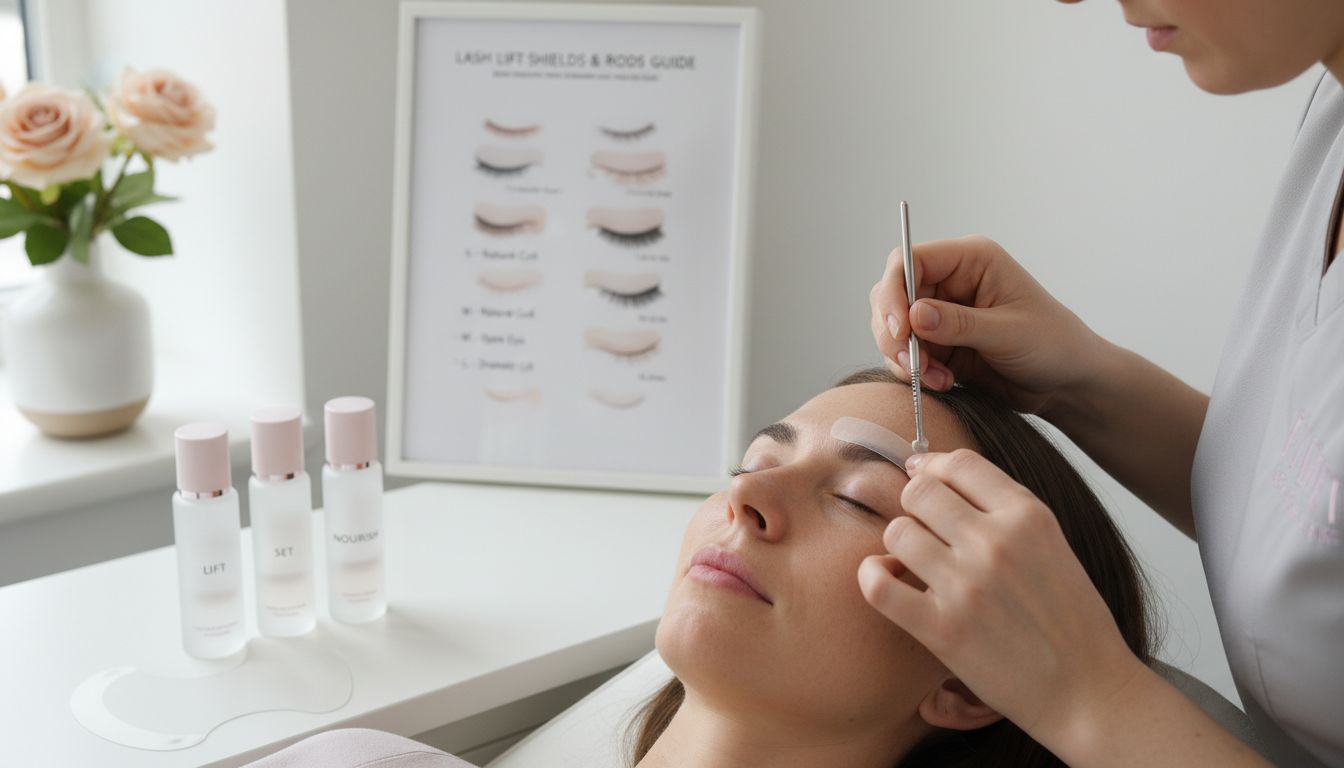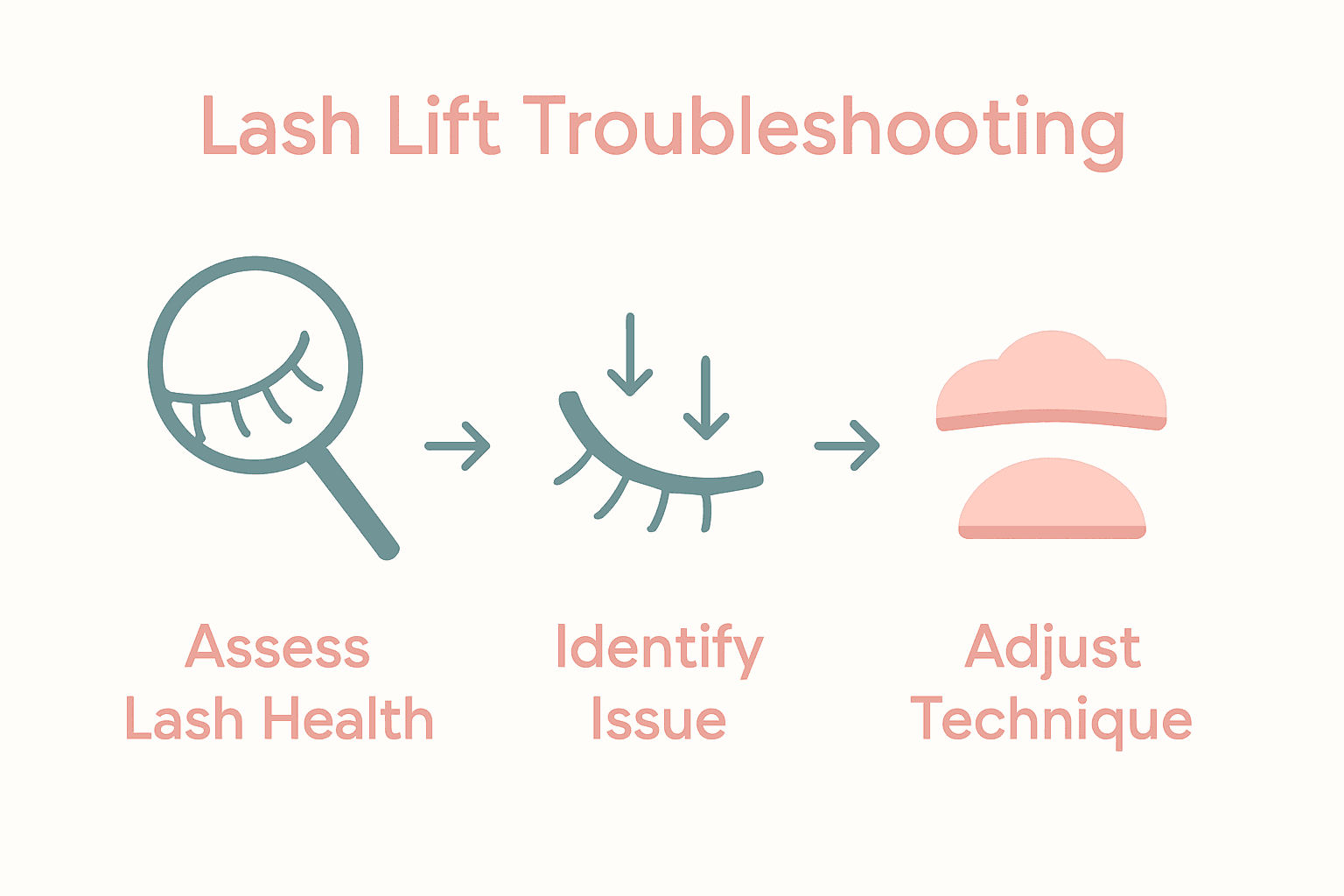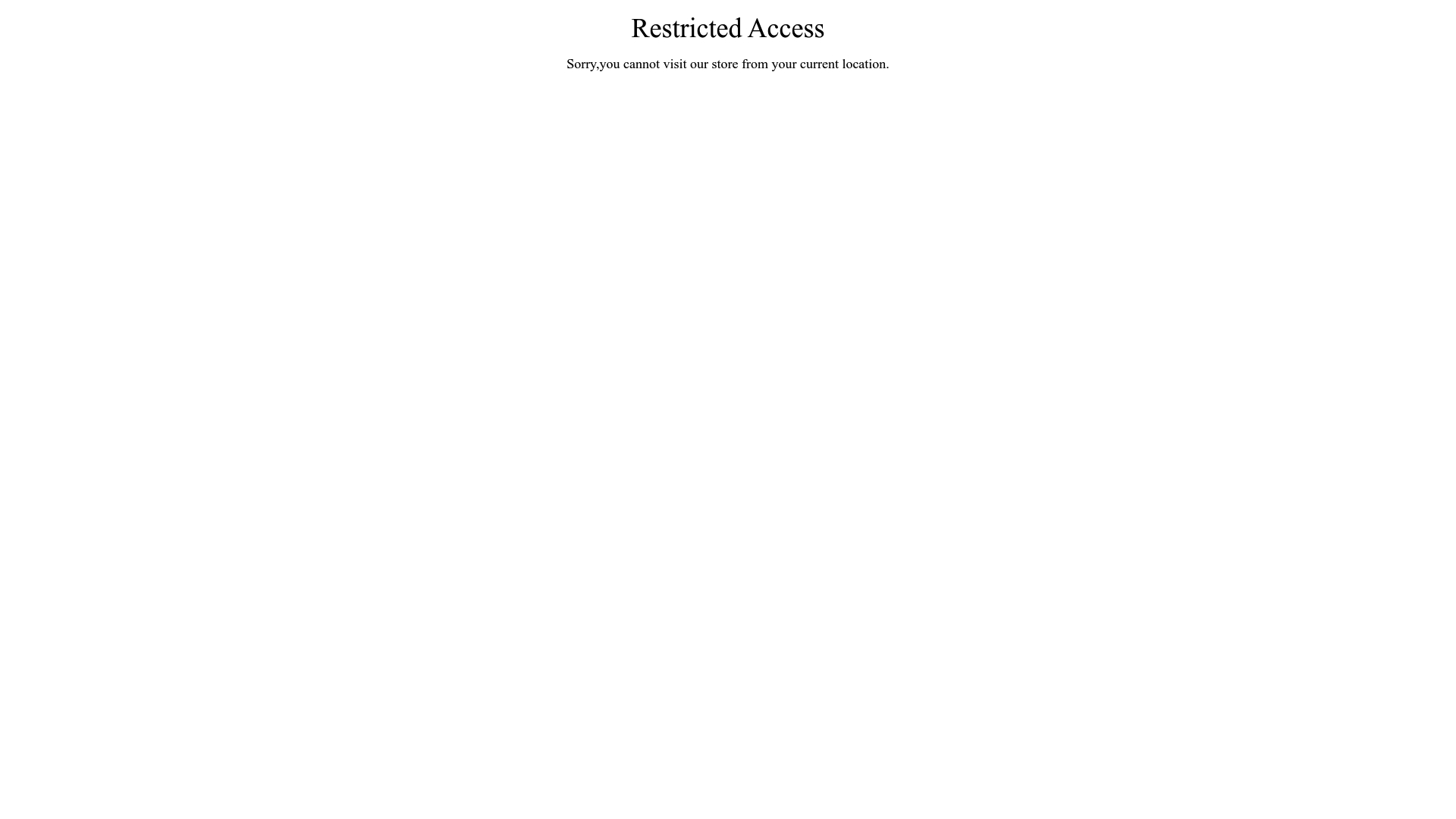Lash Lift Troubleshooting: Fix Common Issues for Perfect Results
Lash lifts are more popular than ever, but up to 30 percent of clients experience unexpected issues after treatment. Healthy, flawless results depend on much more than product choice or technique. From hidden health conditions to small missteps in application, a single oversight can lead to poor lifts or even lash damage. This guide breaks down practical steps for professionals, helping you troubleshoot common problems and deliver safe, beautiful lash transformations every time.
Table of Contents
- Step 1: Assess Lash Condition And Treatment History
- Step 2: Identify And Analyze Lash Lift Issues
- Step 3: Adjust Product Usage And Application Techniques
- Step 4: Correct Improper Curls And Lift Failures
- Step 5: Verify Results And Implement Prevention Steps
Quick Summary
| Key Point | Explanation |
|---|---|
| 1. Assess lash health carefully | Evaluate client’s lash condition and treatment history to prevent complications before a lash lift. |
| 2. Monitor for potential issues post-lift | Look for uneven curls, irritation, or unexpected lash positioning to address any problems promptly. |
| 3. Fine-tune product usage and techniques | Adjust product selection and application based on the client’s lash characteristics for optimal results. |
| 4. Correct improper curl patterns | Reassess pad size and technique to restore desired curl and lift if results do not meet expectations. |
| 5. Implement aftercare and prevention steps | Advise clients on post-treatment care to maintain lash health and prevent adverse reactions. |
Step 1: Assess Lash Condition and Treatment History
Before performing a lash lift, you need to carefully evaluate your client’s natural lash health and overall treatment history. This critical first step helps prevent potential complications and ensures safe, successful results.
Start by conducting a comprehensive client consultation that goes beyond surface observations. According to Barber Cosmo, certain medical conditions can disqualify someone from receiving a lash lift. Key factors to investigate include whether the client has experienced conditions like alopecia, is undergoing chemotherapy, or struggles with trichotillomania which might impact lash treatment suitability.
Take a detailed medical history focusing on potential underlying health issues. Cleveland Clinic notes that autoimmune diseases, hormonal imbalances like hypothyroidism, and viral infections can significantly affect lash health. During your assessment, ask targeted questions about:
- Recent medical treatments
- Ongoing health conditions
- Medications that might impact lash growth
- Previous cosmetic lash procedures
- Any history of eye or skin sensitivities
A thorough evaluation helps you determine whether a lash lift is safe and appropriate for your client. If you detect any potential risks, recommend consulting a healthcare professional before proceeding with the treatment. Your diligence protects both the client’s health and your professional reputation.
Step 2: Identify and Analyze Lash Lift Issues
Recognizing and diagnosing potential lash lift issues requires a keen eye and systematic approach. This critical step helps you troubleshoot problems before they become more significant concerns for your client.
According to Health Cleveland Clinic, lash lifts can pose significant risks including allergic reactions and potential infections. When analyzing lash lift outcomes, look for specific indicators of problems such as:
- Uneven curl patterns
- Lashes that appear damaged or brittle
- Signs of skin irritation around the eye area
- Unexpected lash positioning
- Discomfort or unusual sensation for the client
Diagnosis Free highlights that technical details like pad size can dramatically impact treatment results. Small pads might create overly aggressive curls causing lashes to rub uncomfortably against the eyelid, while larger pads could produce weak or insufficient lifts. Carefully examine the curl intensity, lash positioning, and overall symmetry to determine whether the initial application met professional standards.
When troubleshooting, systematically document your observations and compare them against the client’s original expectations. For every identified issue, consider whether the problem stems from technique, product selection, or individual client characteristics. Our lash lift troubleshooting guide can provide additional insights into resolving common treatment challenges.
Step 3: Adjust Product Usage and Application Techniques
Successful lash lift results depend on precise product selection and meticulous application techniques. This step focuses on fine tuning your approach to overcome previous treatment challenges and achieve optimal outcomes.
Health Cleveland Clinic recommends having treatments performed by certified professionals who can conduct thorough patch tests and ensure proper application. When adjusting your technique, consider these critical modifications:
- Select lifting solutions appropriate for the client’s natural lash texture
- Modify solution processing times based on individual lash characteristics
- Use precise rod or shield sizes matching the client’s eye shape
- Ensure even product distribution across the lash line
- Control solution temperature and application consistency
According to Diagnosis Free, technical details like pad placement dramatically impact treatment results. Small pads can create overly aggressive curls that cause client discomfort, while large pads might produce weak lifts. Carefully match your pad size to the client’s natural lash length and eye contour.

Your goal is creating a customized approach that addresses previous treatment limitations. By systematically adjusting product selection, application timing, and technique, you can transform potential issues into successful lash lift experiences. For more comprehensive guidance, review our 7 essential lash lift tips to refine your professional skills.

Step 4: Correct Improper Curls and Lift Failures
When lash lift results fall short of expectations, strategic intervention becomes crucial. This step focuses on identifying and correcting common curl and lift inconsistencies to restore your client’s desired lash appearance.
Diagnosis Free emphasizes that pad selection plays a critical role in achieving optimal results. Improper curl patterns often stem from incorrect pad sizing which can dramatically alter lash positioning. Small pads tend to create overly aggressive curls that look unnatural, while larger pads might produce weak or insufficient lifts.
To effectively address lift failures, implement these corrective strategies:
- Carefully reassess the initial pad size used during treatment
- Gently realign lashes using appropriate sizing and techniques
- Consider a controlled re treatment with modified application methods
- Document the specific issues observed during the initial procedure
Health Cleveland Clinic recommends consulting a certified professional when significant treatment complications arise. This approach ensures client safety and helps determine the most appropriate corrective measures. Our lash lift troubleshooting guide offers additional insights for managing complex treatment scenarios and restoring optimal lash aesthetics.
Step 5: Verify Results and Implement Prevention Steps
The final stage of lash lift troubleshooting involves a comprehensive evaluation of treatment outcomes and establishing robust preventive measures for future procedures. Your goal is to ensure client satisfaction and minimize the potential for recurring issues.
Health Cleveland Clinic emphasizes the critical importance of monitoring for any potential adverse reactions following a lash lift. During the verification process, carefully assess the following indicators:
- Lash symmetry and overall curl consistency
- Absence of skin irritation or redness
- Natural lash health and integrity
- Client comfort and aesthetic satisfaction
- Proper lash alignment and positioning
Barber Cosmo provides specific aftercare recommendations to preserve lash lift results and prevent potential complications. Key prevention steps include:
- Avoiding water contact for 24 to 48 hours post treatment
- Preventing direct eye rubbing
- Steering clear of oil based products near the eye area
- Recommending gentle cleansing techniques
- Scheduling follow up consultations to track long term results
By systematically verifying results and implementing these preventive strategies, you can significantly enhance client outcomes and professional reputation. Our lash lift troubleshooting guide offers additional insights to help you master precision and consistency in lash lift treatments.
Master Your Lash Lift Results With Professional Tools and Expert Products
Struggling with uneven curls or lash lift failures can be frustrating when you want to deliver perfect, client-worthy results every time. The key challenges highlighted involve precise pad selection, proper product application, and tailored lift compounds that suit individual lash types. Addressing these pain points with the right professional-grade products helps you avoid discomfort, irritation, or weak lifts while enhancing the natural beauty of lashes.
Take control of your lash lift treatments today by exploring our curated collection of Professional Lash Lift Compounds formulated for consistent, safe results. 
Boost your confidence and client satisfaction now by selecting optimal tools like our Lash Lift Shields & Pads | Pro Silicone Tools USA that precisely match lash contours for superior lift shapes. Complement your process with our reliable Lash Lift Glues & Balms for Professionals to ensure secure and comfortable applications. Visit Fraustore USA for all your lash lift essentials and take the next step toward flawless, flawless lash lifts your clients will love.
Frequently Asked Questions
How can I assess if my client’s lashes are suitable for a lash lift?
To determine if a lash lift is appropriate, conduct a comprehensive consultation focusing on your client’s medical history, ongoing treatments, and previous lash procedures. Ask targeted questions about any conditions like trichotillomania or recent hormonal changes, and, if necessary, recommend consulting a healthcare professional before proceeding.
What specific indicators should I look for when troubleshooting lash lift issues?
When analyzing lash lift outcomes, check for uneven curl patterns, signs of damage, and any discomfort your client may feel. Document these observations to compare them against the client’s original expectations and identify the root cause of the issues.
How do I adjust my techniques if the lash lift results are poor?
If the results are unsatisfactory, modify your solution processing times and ensure you’re using the correct pad size for the client’s eye shape. Reassess product application and aim for even distribution across the lash line during the next treatment to enhance results.
What are corrective strategies for improper curls after a lash lift?
To correct improper curls, reassess the pad size used and gently realign the lashes to achieve a more natural appearance. If necessary, consider a controlled re-treatment with updated techniques to achieve the desired lift and curl.
How can I verify the results of a lash lift after troubleshooting?
After addressing any issues, verify the lash lift by assessing symmetry, curl consistency, and the client’s overall satisfaction. Ensure there are no signs of irritation by scheduling a follow-up consultation within 24–48 hours to monitor their lash health and comfort.
What preventive measures should I implement after a lash lift?
After the procedure, advise your clients to avoid water contact for 24 to 48 hours and recommend gentle cleansing techniques. Encourage them to refrain from using oil-based products around the eye area to preserve the lift and prevent complications.


